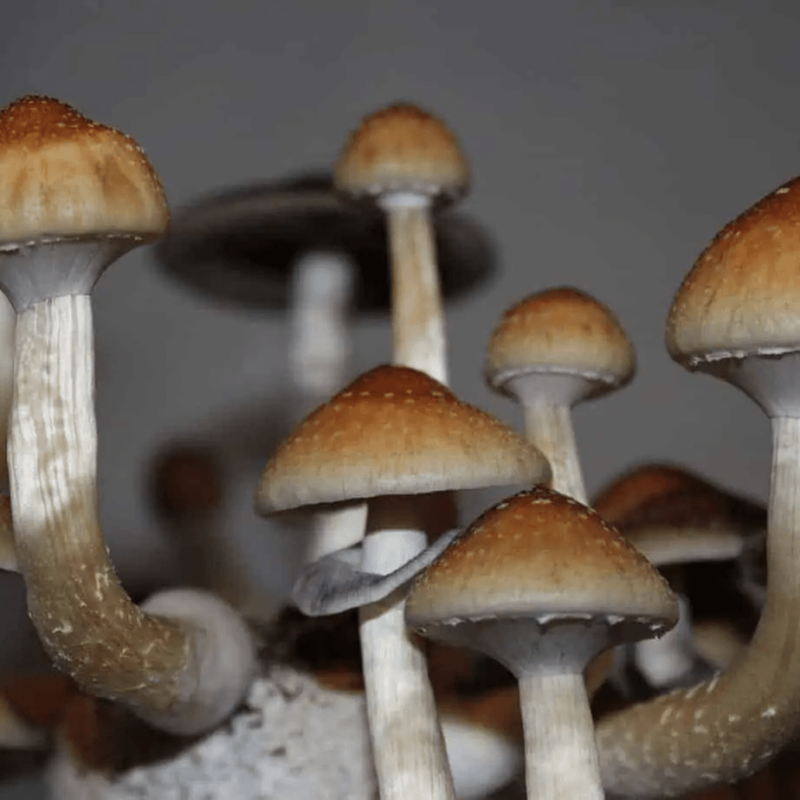Description
Price: $19.49
(as of Sep 27,2023 22:59:25 UTC – Details)
From the Publisher




Excerpt—Introduction
In 1967, while traveling in New Mexico, I gave a man a ride up into the mountains to his home in the Jemez Pueblo. In gratitude, he invited me and my companion to stay for several days as his guests. During that time, I came down with a cold. His older relative brought me a bag of dried leaves he called “cedar tea.” He instructed me on how to prepare it and told me to inhale the steam and drink the tea. My cold quickly subsided, and a lifelong curiosity about medicinal herbs began.


Over the years, thanks to immersing myself in nature as much as possible and having many excellent teachers, mentors, and colleagues, my enthusiasm for medicinal plants has grown. This book is the product of that enthusiasm. It is intended to be a tribute to the Indigenous knowledge of California’s original inhabitants, complemented by the latest scientific studies on medicinal plants. It is an introduction to some common California plants that can be sustainably collected and safely used as what I call “ancient over-the-counter remedies.”


Many of the plants in this book can be purchased as dried herbs processed to varying degrees, but there is a deep satisfaction in getting to know them in the field well enough to positively identify them and be able to collect small quantities to stock your own medicinal pantry. If you do that, you will find their freshness, quality, and potency surpass what is usually commercially available. And you may find a connection to nature that no book, not even this one, can provide.
Herbs of All Types and Uses








USNEA — Usnea californica — California beard lichen
The Nitinaht of Vancouver Island, British Columbia, use usnea as a wound dressing and for bandages. California tribes use it as diaper material. Over time, they probably observed its antifungal effect on diaper rash. Usneas have a long history of use in Europe and Asia as antibacterial and antifungal remedies. Lichens accumulate airborne toxins, such as mercury in ocean fog, so it’s important to keep up with research on local air quality if you plan to collect usnea.
UTAH JUNIPER — Juniperus osteosperma — shaggy-bark juniper
In California the Atsugewi, Achomawi, Cahuilla, and Maidu chew local juniper berries or make a berry tea to treat colds and fevers. They use the bark to prepare teas for treating colds and fevers. The Modoc drink an infusion of the leaves for coughs and colds and an infused tea of leaves or berries to relieve urinary problems. The Chumash make a decoction of the berries for rheumatism as well as problems in the genitourinary system. The Ohlone prepare a decoction of the leaves to relieve pain and cause sweating.
YERBA MANSA — Anemopsis californica — swamp root
Yerba mansa has a long history of use by Indigenous and Mexican people of California and the Southwest. Topically, the Paiute make a bath with a decoction of the leaves for muscular pains and sore feet. The Ohlone wash sores with an infusion of the plant and apply the dried, powdered plant on wounds as a disinfectant. The Kawaiisu make a leaf salve for cuts and wounds and use a poultice or hot soak of the whole plant for arthritis or as a first-aid treatment for venomous spider or rattlesnake bites.
GRINDELIA — Grindelia camporum — common gumplant
Several California tribes, including the Cahuilla, Chumash, Miwok, Paiute, Pomo, and Shoshone, drink a tea of grindelia’s flowering tops to cure colds and treat lung problems. Some prepare a decoction; others prepare an infusion. Tribes use whichever species is found nearby. Physio-medical physicians of nineteenth- and early twentieth-century America, having learned of it from Native Americans, adopted grindelia’s upper leaves and flowers as an antispasmodic and expectorant for asthma, bronchitis, and dry bronchial coughs.
Publisher : Falcon Guides (December 30, 2021)
Language : English
Paperback : 296 pages
ISBN-10 : 1493058029
ISBN-13 : 978-1493058020
Item Weight : 1.21 pounds
Dimensions : 6.15 x 0.61 x 9.05 inches





